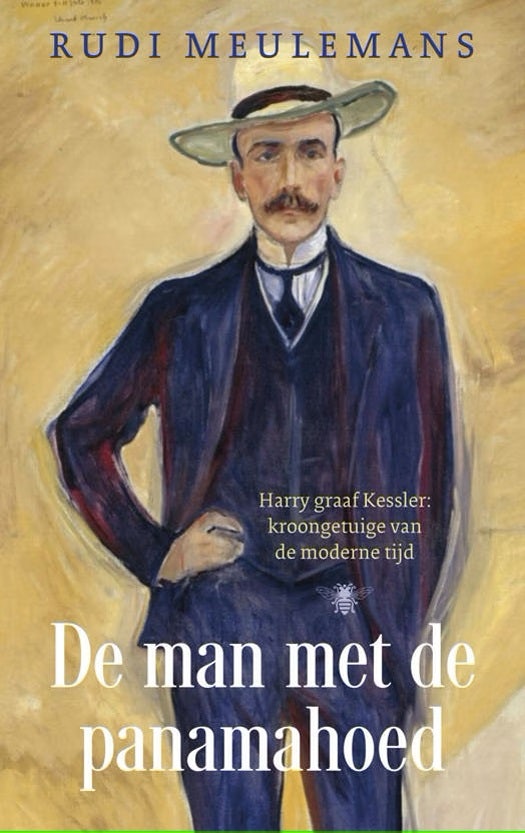5 nonfiction titles - spring selection 2024
Four literary biographies of exceptional figures in (art) history and a remarkable literary essay on what the world tells us about disability and what disability can tell us about the world. These five nonfiction titles are eager to get to know you and tell you more about themselves!
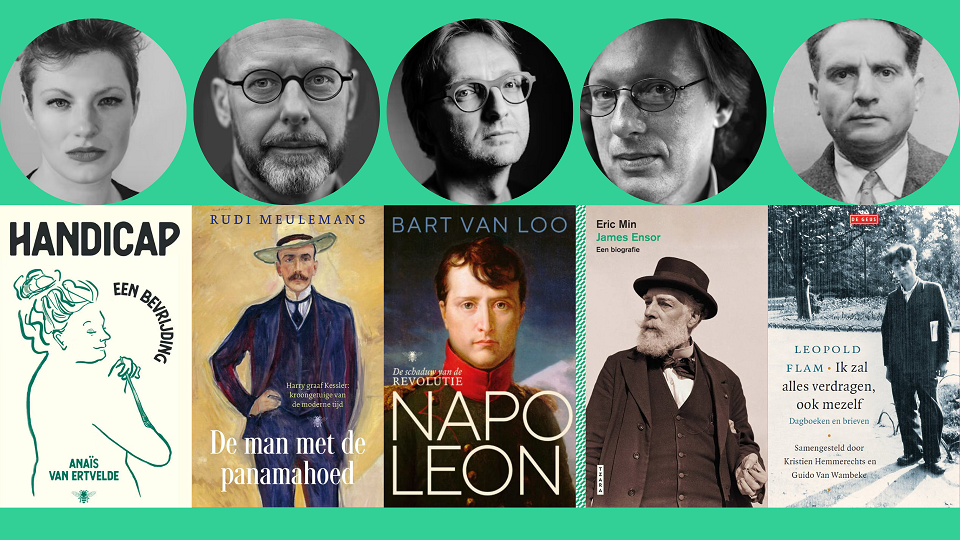
1. ‘James Ensor’ by Eric Min
Portrait of one of the greatest artists of the twentieth century
James Ensor (1860–1949) was everything in one: cocky and solitary, baron and bohemian, a misunderstood bourgeois, a peintre maudit who surveyed the world from his ivory tower in Ostend and sought refuge in the salons of Brussels. Min peels away the mask of the mythmaker to create a wonderful portrait of this enigmatic and multi-faceted painter.
A magnificent style – scholarly but vivid and punchy.ONS BRUSSEL
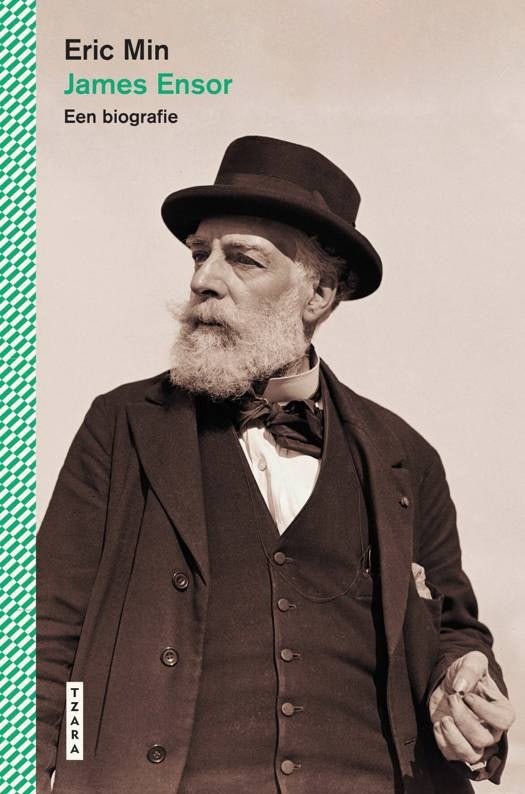
2. ‘I Will Endure Everything, Including Myself’ by Leopold Flam
Diary and letters of a nonconformist
Leopold Flam (1912-1995) lived for the greater part of his childhood in a cellar in Antwerp. At the age of thirteen, Flam started keeping a diary that was as candid as it was grim. The fact that he managed to lift himself out of the extreme poverty of his early years rates as a minor miracle. The son of beggars eventually became a professor of philosophy. Leopold Flam published an impressive number of books and articles, but his diaries – which he kept all his life, literally until he was on his deathbed – are among his strongest work. Out of more than two million (!) words, Kristien Hemmerechts and Guido Van Wambeke have compiled a fascinating book.
The diary of the ‘Flemish Sartre’, which after reading just one page is impossible to put down.NRC HANDELSBLAD
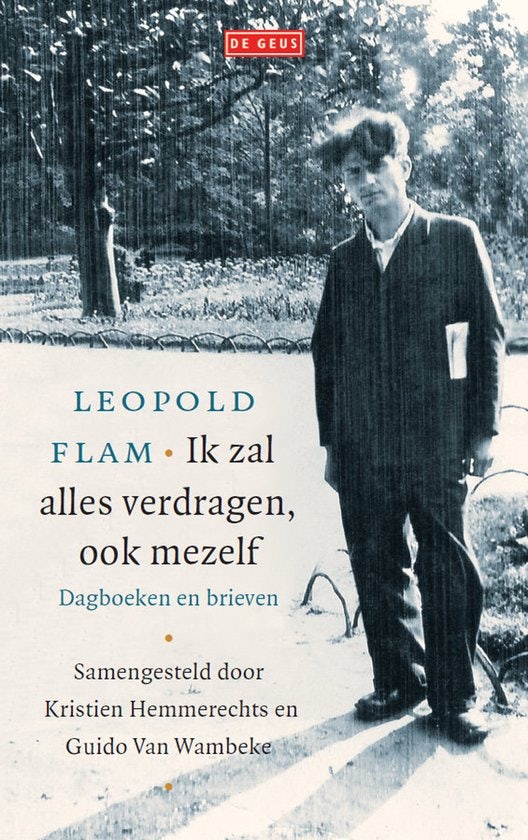
3. ‘Disability’ by Anaïs Van Ertvelde
How to belong in a world in which you do not naturally belong?
Anaïs Van Ertvelde was born with a short right forearm. A matter of course for her, she thought, but other people seemed to question it. At a certain point she discovered that there was much more behind that disability, in both personal and social terms. Van Ertvelde examines 'disability' as a political condition. She examines what the world tells us about disability and reveals what disability can tell us about the world. How disability affects our view of art, sex, work, intimacy, burnout, citizenship, resistance and who we are ourselves - though we rarely realise it.
'Handicap' by Anaïs Van Ertvelde is a pamphlet, a personal quest, a sociological and historical essay.HUMO

4. ‘Napoleon’ by Bart Van Loo
Two epic, captivating tales brought together
The French Revolution and Napoleon: two epic, captivating tales from western history brought together in a vibrant and compelling narrative. This revised and expanded edition is the result of working on the French translation, published by Flammarion in 2023.
A consummate storyteller. Narrative history of the most fascinating kind.KNACK
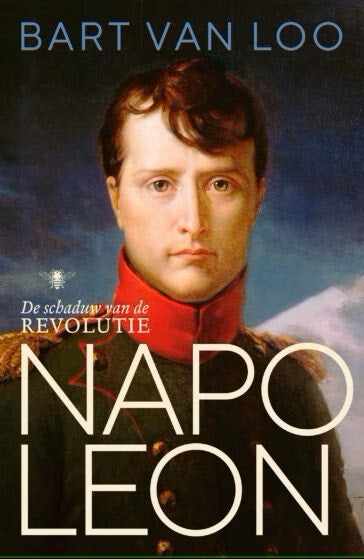
5. ‘The Man in the Panama Hat’ by Rudi Meulemans
Harry Graf von Kessler: Star Witness of the Modern Age
Harry Kessler was an intellectual dandy, and politics and art were the focus of his life. He defended the arts from every form of political interference. As an arts patron, lover of males, publisher, thinker and writer, he pledged himself to no one and refused to live according to other people’s expectations.
The more the writer becomes absorbed in his subject, the closer he gets to himself. What begins as a literary tracking exercise turns into a search for himself.DE STANDAARD
